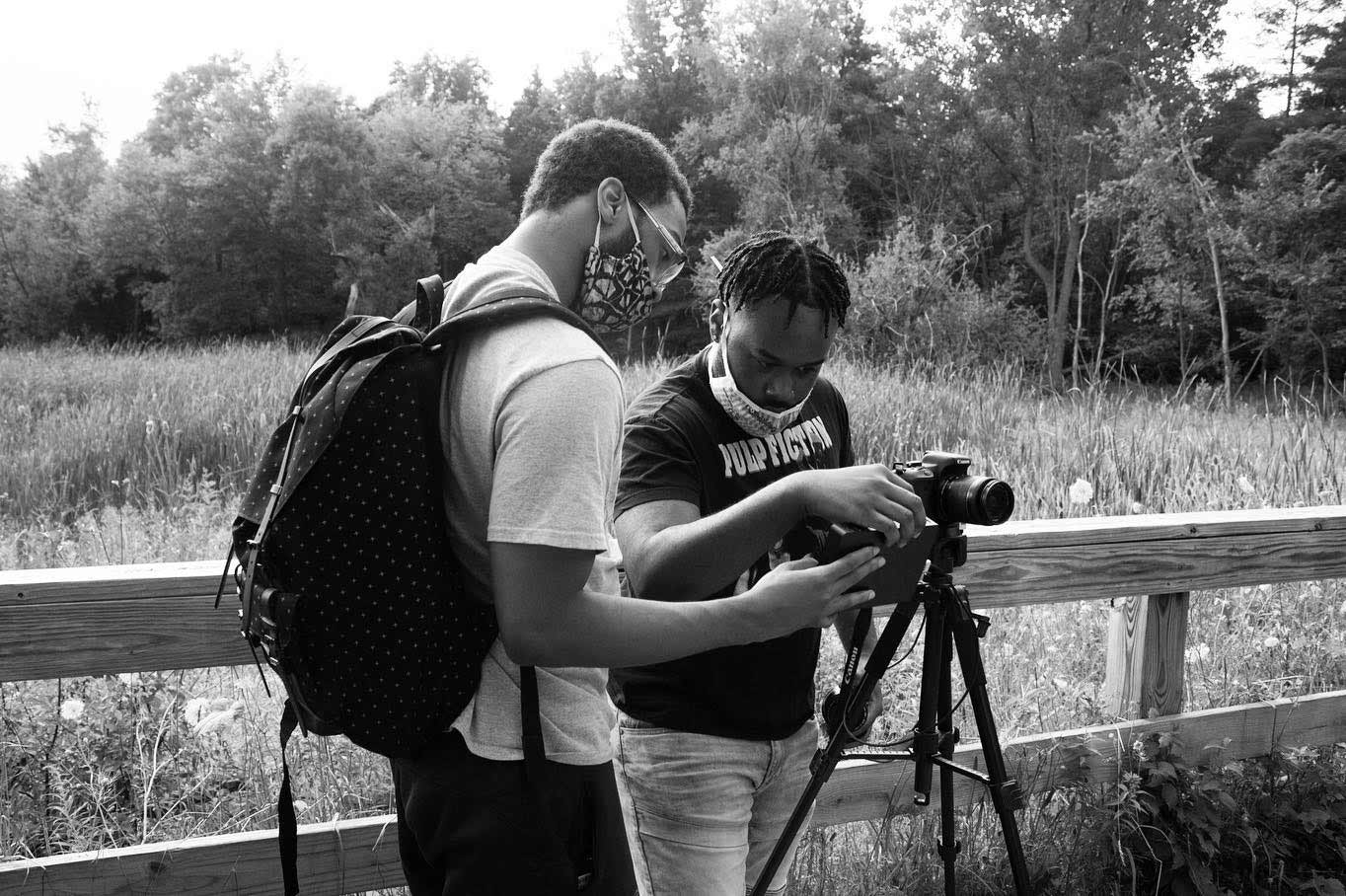
The wall measured nearly 10 ft high, ran east to west almost parallel of the Forth, and sported 19 forts at roughly 2-mile intervals. 7 Unable to hold onto the territory north of Stirling, the Romans eventually built Antonine Wall in 142, south of the Forth. 78-84), testifying to its enduring significance. Going even further back, there is evidence that the Romans built a bridge at this location during Agricola’s reign as governor of Britain (r. Today, visitors will find a small town with a castle and bridge-similar features that existed in 1297.

6 Although these historians are speaking about the thirteenth-century, these are accurate descriptions for roughly 2000 years of Scottish history. One recent historian describes it as “the key which would unlock the two halves of Scotland.” 4 Another describes it as “the strap that held the north and south of Scotland together.” 5 Finally, a third describes it as “vital strategic spot” and without control of its castle, “the Scots could move about freely” in the north.

Historians are unanimous in their appraisal of Stirling’s importance. 3 Figure 2: Augmented map of Scotland, highlighting relevant areas and cities. The lowest point of the river is at a town called Stirling. Starting in Loch Ard in the Highlands, the Forth moves east and then southeast continually looping around geographical obstacles and eventually emptying into the North Sea. 2 Difficult ground indeed.Īcting as a natural barrier between the Highlands and the Lowlands is a winding river called Forth. The west coast is pleasant and scenic, but the east coast, especially in the northern parts, suffers from harsh winds that sting unexposed skin. Drivers find themselves with the unsettling choice of gunning the car through the water or backing up 10-20 miles from whence they came. When heavy rains come, lakes often flood and cover portions of the small roads wrapping around them. The northern half, or the Highlands, is much more rugged than the south, the Lowlands, and even today, cars rely on single-lane, dirt roads and few bridges to get around the massive lakes, or lochs, as the Scottish call them. Scotland is what Sun Tzu would classify as "difficult ground." 1 The numerous lakes, swamps, marshes, forests, and mountains will overwhelm any visitor. Figure 1: A view from the north of the River Forth, Stirling, and Stirling Castle.

1297) made their successful stand against the invading English in 1297. In the conquest and defense of Scotland, there is no location more important than Stirling where Wallace (d. As part of tracking the warpath of William Wallace, this article looks at the strategic importance of Stirling.


 0 kommentar(er)
0 kommentar(er)
